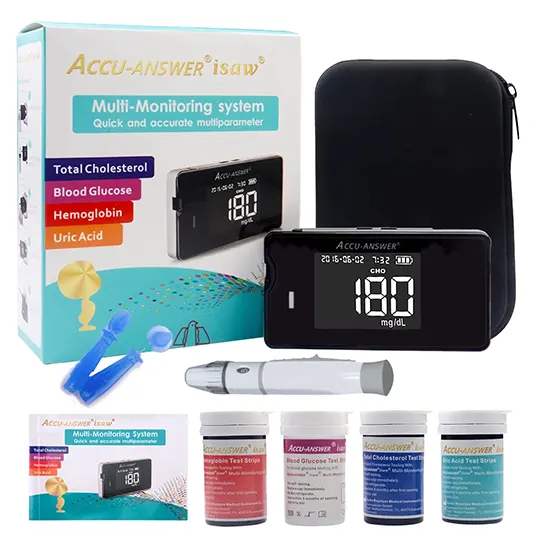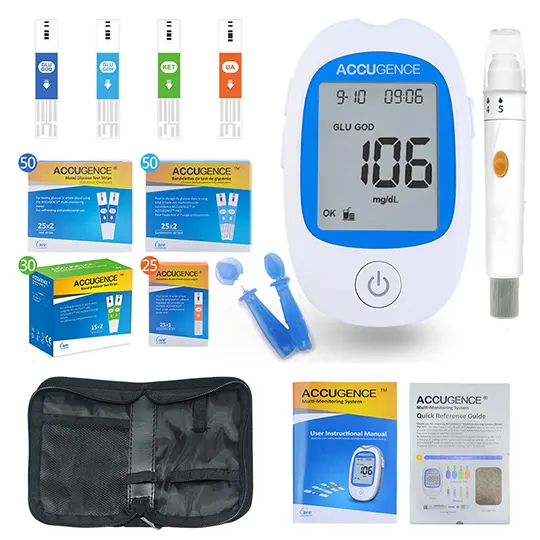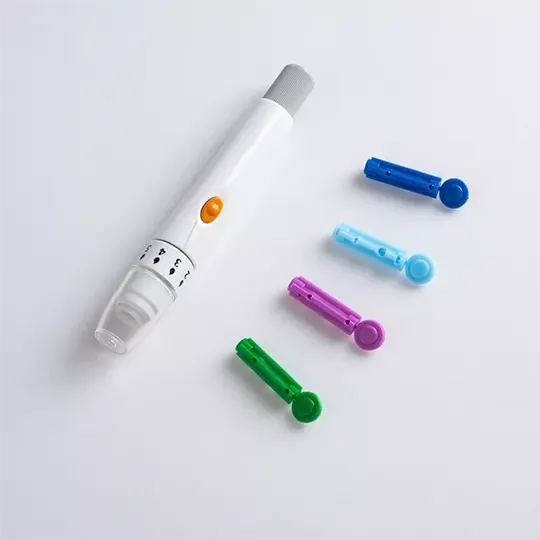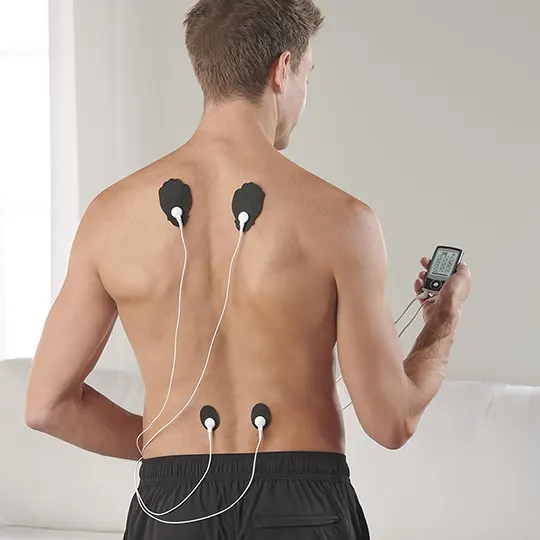Glutarol 10% w/v Cutaneous Solution
Active ingredient: glutaraldehyde
- 1. Name of the medicinal product
- 2. Qualitative and quantitative composition
- 3. Pharmaceutical form
- 4. Clinical particulars
- 4.1 Therapeutic indications
- 4.2 Posology and method of administration
- 4.3 Contraindications
- 4.4 Special warnings and precautions for use
- 4.5 Interaction with other medicinal products and other forms of interaction
- 4.6 Pregnancy and lactation
- 4.7 Effects on ability to drive and use machines
- 4.8 Undesirable effects
- 4.9 Overdose
- 5. Pharmacological properties
- 5.1 Pharmacodynamic properties
- 5.2 Pharmacokinetic properties
- 5.3 Preclinical safety data
- 6. Pharmaceutical particulars
- 6.1 List of excipients
- 6.2 Incompatibilities
- 6.3 Shelf life
- 6.4 Special precautions for storage
- 6.5 Nature and contents of container
- 6.6 Special precautions for disposal and other handling
- 7. Marketing authorisation holder
- 8. Marketing authorisation number(s)
- 9. Date of first authorisation/renewal of the authorisation
- 10. Date of revision of the text
1. Name of the medicinal product
GLUTAROL™ 10% w/v CUTANEOUS SOLUTION
2. Qualitative and quantitative composition
Glutaraldehyde 10.0% w/v.
3. Pharmaceutical form
Colourless, evaporative cutaneous solution.
4. Clinical particulars
4.1 Therapeutic indications
For the topical treatment of warts, especially plantar warts.
4.2 Posology and method of administration
For adults, children and the elderly:
1. Gently rub the surface of the wart with a piece of pumice stone or manicure emery board, or pare down any hard skin.
2. Using the applicator provided, carefully apply a few drops of the paint to the wart, taking care to localise the application to the affected area. Allow each drop to dry before the next is applied.
3. Repeat twice daily.
4. On subsequent days, repeat steps 1 to 3. It is not necessary to cover the treated wart(s) with an adhesive plaster.
4.3 Contraindications
Not to be used in cases of sensitivity to any of the ingredients. Not to be used on the face, anal or perineal region. Not to be used on moles or on any other skin lesion for which it is not indicated.
4.4 Special warnings and precautions for use
Keep away from the eyes and mucous membranes. Avoid spreading onto surrounding uninvolved skin. Avoid spillage. Avoid inhaling vapour. Replace cap tightly after use. For external use only.
4.5 Interaction with other medicinal products and other forms of interaction
None known.
4.6 Pregnancy and lactation
No special precautions.
4.7 Effects on ability to drive and use machines
None known.
4.8 Undesirable effects
Undesirable effects occur very occasionally and mostly involve mild local skin rashes and irritation. Very rarely, a severe reaction may occur particularly on the hands or when the product is used excessively and allowed to spread onto surrounding normal skin. If mild irritation should occur, apply a reduced amount (taking special care to avoid spreading beyond the wart or verruca) and apply less often. If the irritation is severe, patients should stop treatment immediately and seek medical advice.
Reporting of suspected adverse reactions
Reporting suspected adverse reactions after authorisation of the medicinal product is important. It allows continued monitoring of the benefit/risk balance of the medicinal product. Healthcare professionals are asked to report any suspected adverse reactions via the Yellow Card Scheme at: www.mhra.gov.uk/yellowcard.
4.9 Overdose
Accidental oral ingestion should be treated immediately by gastric lavage with 2 to 5% aqueous sodium bicarbonate solution. Fluid and electrolyte balance should be monitored and appropriate supportive measures should be provided. Symptoms include headache, nausea, vomiting, diarrhoea and respiratory depression.
5. Pharmacological properties
5.1 Pharmacodynamic properties
Glutaraldehyde is virucidal and thus inactivates the wart virus. On the skin, it also acts as an anhidrotic, drying the warts and surrounding skin, thus reducing the spread of lesions and simplifying the removal of persistent warts by curettage.
As glutaraldehyde stains the outer layer of the skin brown, treatment can be seen to be carried out. This stain soon disappears after cessation of treatment.
5.2 Pharmacokinetic properties
Addition of ethanol to the formulation stabilises the glutaraldehyde against irreversible polymerisation during storage but at the same time diminishes its activity. However, when the aqueous ethanolic solution is applied to the skin, the alcohol rapidly evaporates leaving a concentrated aqueous solution of glutaraldehyde which is highly reactive and attacks the wart before it has time to polymerise. Thus, the ethanolic formulation is stable in storage, as confirmed by stability tests, but is immediately activated when applied to the skin and the alcohol is allowed to evaporate.
5.3 Preclinical safety data
No relevant information additional to that contained elsewhere in the SPC.
6. Pharmaceutical particulars
6.1 List of excipients
IMS; Purified Water.
6.2 Incompatibilities
None known.
6.3 Shelf life
48 months.
6.4 Special precautions for storage
Flammable. Keep away from flames. Keep upright. Do not store above 25°C.
6.5 Nature and contents of container
10 ml amber glass bottle with plastic screw cap, incorporating a specially designed spatula for ease of application.
6.6 Special precautions for disposal and other handling
Not applicable.
7. Marketing authorisation holder
Dermal Laboratories
Tatmore Place, Gosmore
Hitchin, Herts SG4 7QR, UK.
8. Marketing authorisation number
00173/0022.
9. Date of first authorisation/renewal of the authorisation
15 September 2005.
10. Date of revision of the text
December 2016.




